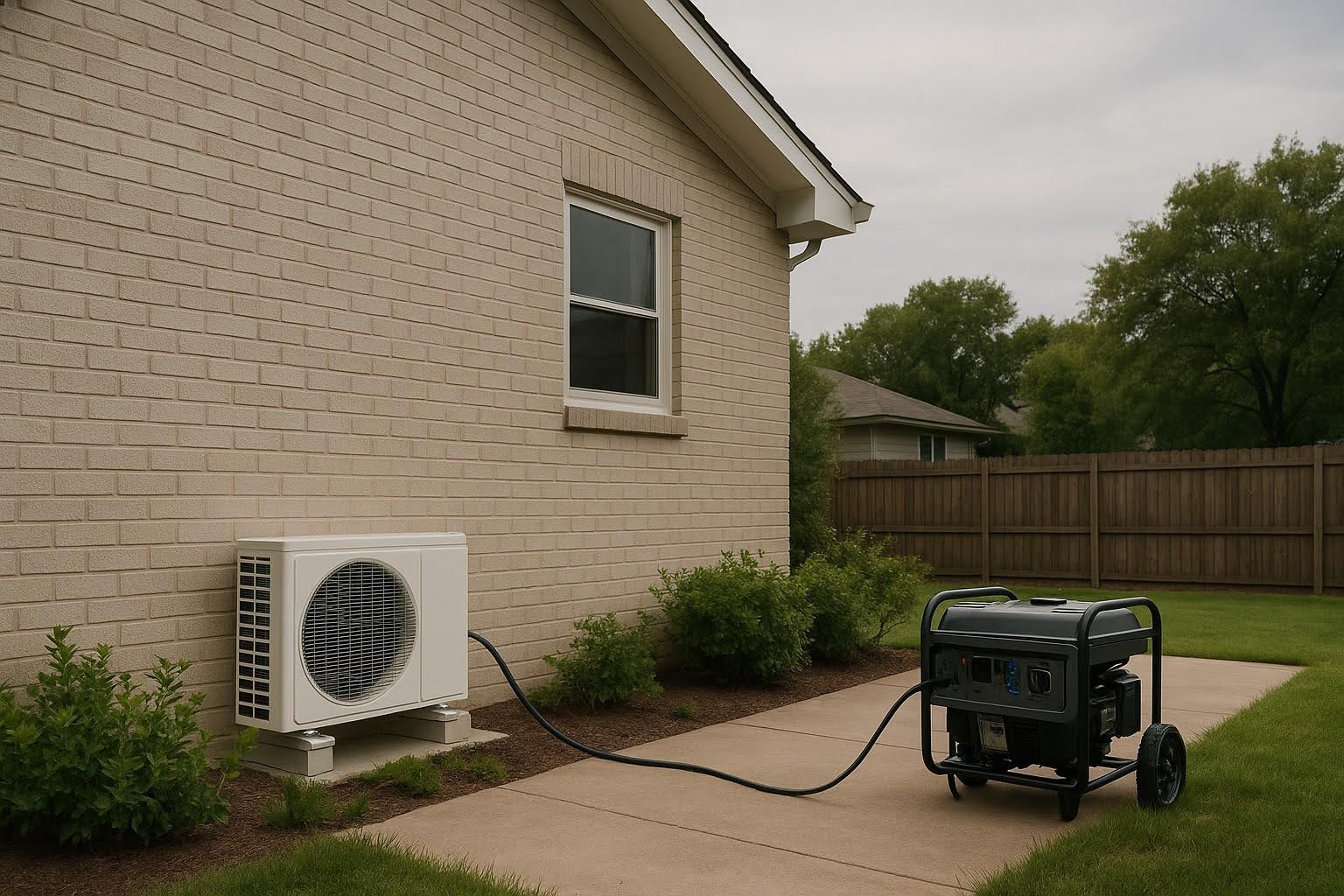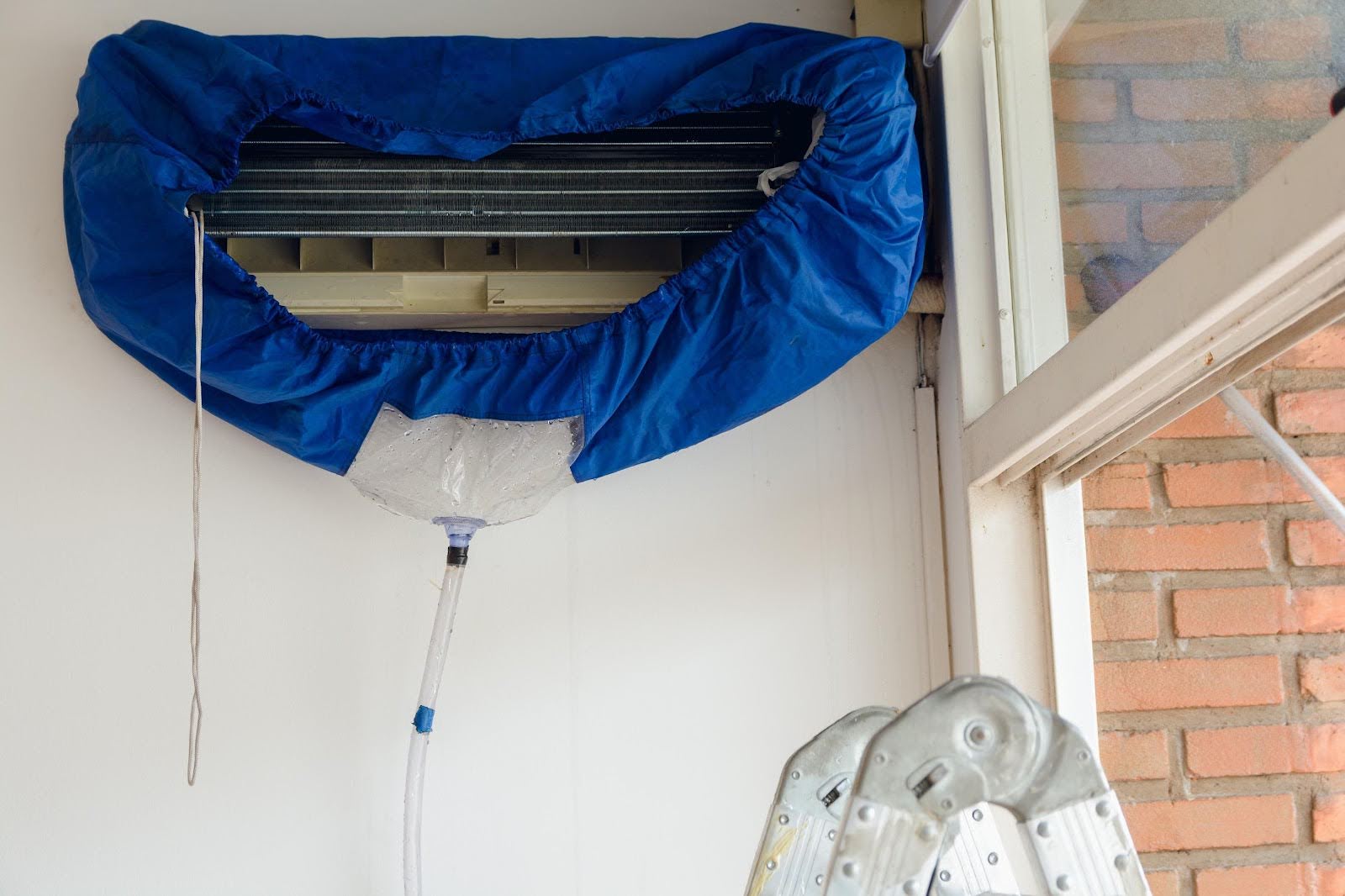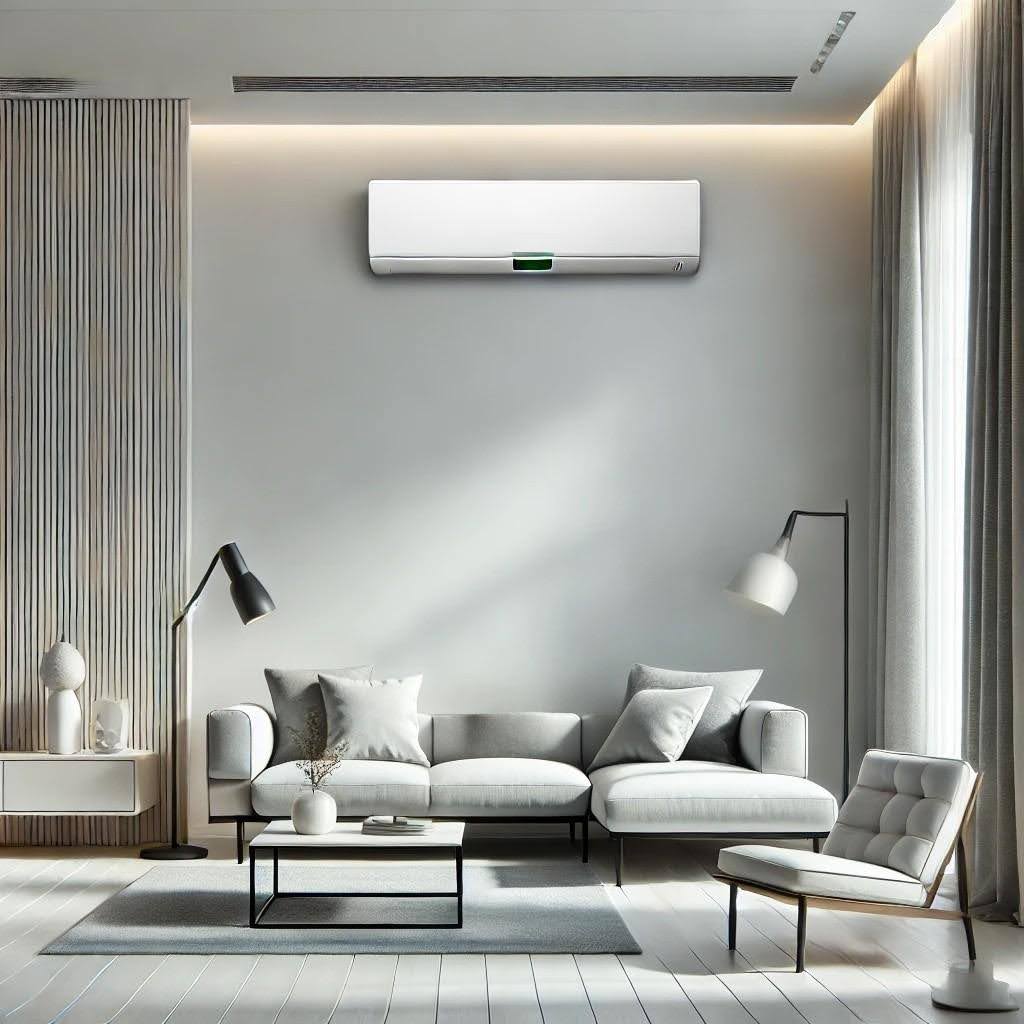No products in the cart.
Why Backup Power Matters
If you rely on your mini split system to keep your home comfortable, it is totally normal to wonder what happens when the power goes out. We have seen more and more people asking about this, especially with storms, blackouts, and other surprises hitting harder these days. You want to be ready, not stuck sweating or freezing. Let us break down exactly what happens with mini splits during an outage and what you can do to stay one step ahead. For a deeper dive into how these systems work, check out What Is a Ductless Mini-Split Air Conditioner?
What Happens to Mini Splits During a Power Outage
When the electricity cuts off, your mini split shuts down right away. There is no backup inside the unit itself because it needs constant power to keep the outdoor condenser and indoor heads running. Now, here is some good news. Most modern mini splits are smart enough to restart automatically once the power kicks back on. They usually remember your previous settings too, so you do not have to mess around resetting temperatures at midnight. Some systems might need a simple manual restart, but it is usually just a quick button press. It is a smart idea to check your user manual or ask your installer so you know what to expect before it happens. Curious about why mini splits are so versatile? Explore Why Choose a Ductless Mini-Split System?
How Much Power Does a Mini Split Need
Before you can figure out a backup plan, you need to know how much juice your mini split actually uses. The good news? Mini splits are way more energy-efficient than old-school AC units or furnaces.
Here is a rough idea:
- A 9,000 BTU system usually needs about 600 to 900 watts
- A 12,000 BTU system uses around 800 to 1,200 watts
- An 18,000 BTU system can pull about 1,200 to 1,800 watts
Keep in mind that when your mini split first turns on, it might spike a little higher for a few seconds. So if you are picking a generator or battery, it is smart to plan for both the regular use and that quick surge.
Need help sizing your system? Check out How to Size a Ductless Mini-Split Air Conditioner: A Friendly Guide.
Backup Power Options for Mini Splits
You have got a few good ways to keep your mini split running if the lights go out:
Portable Generators
These are smaller units that can handle a mini split and maybe a few lights or a fridge. They are cheaper, but you will need to set them up manually and make sure they are ventilated properly to avoid carbon monoxide risks.
Whole House Generators
These are awesome if you want full peace of mind. They automatically switch on when the power goes out and can run your mini split, lights, appliances, and more without you lifting a finger. They usually run on natural gas or propane and are built to last—perfect for larger systems like a 24,000 BTU Ductless Mini-Split Air Conditioner.
Battery Backup Systems
If you are thinking eco-friendly, battery backups like Tesla Powerwalls or other solar storage systems are super popular. Depending on the battery size, they can run your mini split for several hours or even longer if the system is energy efficient. They are silent and clean, but can cost more upfront. Pair them with a Ductless Mini-Split Heat Pump for maximum efficiency.
Quick Tip:
Make sure whatever backup option you choose produces clean, steady electricity, preferably inverter power. Mini splits are sensitive, and dirty power from a cheap generator can actually damage them. For installation essentials, see The Ultimate Guide to Tools and Accessories for Installing and Maintaining Ductless Mini-Split Air Conditioners.
Choosing the Right Size Generator or Battery
Choosing a backup system is kind of like making a grocery list for a big party. You need to know how much you are trying to power. If you just want to keep a mini split and maybe some basics like your Wi-Fi, a TV, and a couple of lights going, a smaller generator will work. If you want the whole house humming like nothing happened, you will need a bigger setup. If you want the whole house humming like nothing happened, you’ll need a bigger setup, perhaps for a Multi-Zone Mini-Split Air Conditioner.
The general rule? Add up the running wattages of all the stuff you want to power, then add another 15 to 25 percent just in case of startup surges. It is always better to have a little extra power than not enough. Getting an expert to double-check your math is a smart move too.
Pro Tips to Prepare for Power Outages
Here are a few quick moves you can make to stay ready:
- Put surge protectors on your mini-splits to block any damage from power spikes—find options in our Accessories Category.
- Learn how to reset your mini split now, not later, so you are not scrambling during a storm
- Test your generator or battery backup once a year to make sure it works
- Keep your mini split in top shape with regular maintenance so it runs strong when you need it most—see To Fix or Not to Fix: Navigating the Ductless Mini-Split Conundrum for maintenance tips.
Little things you do ahead of time can save you big headaches later.
Why It Matters
At the end of the day, mini splits are an incredible option for energy-efficient comfort. They are smart, flexible, and perfect for homes today—check out Why a Ductless Mini-Split Might Just Be Your Home’s New Best Friend for more reasons why.
But like anything electric, they need a plan B when the grid goes down. Having a good backup system in place means you and your family stay comfortable and safe no matter what mother nature throws at you.
Thinking about setting up a backup plan or upgrading your mini split system?
Reach out to the team at Payless Mini Split. We would love to help you find the right system and show you how to keep your comfort steady, even when the power is not.






